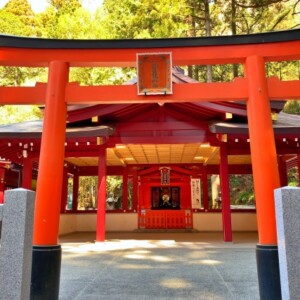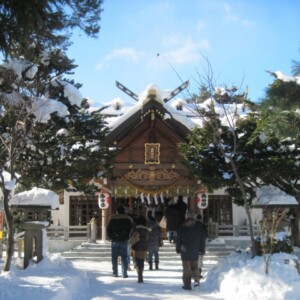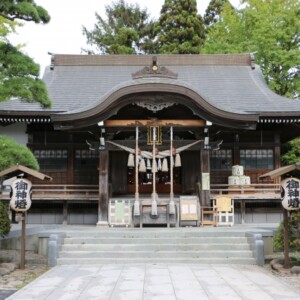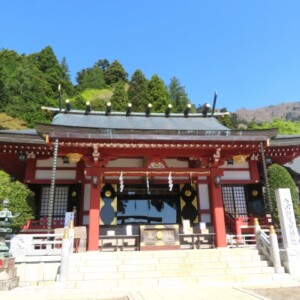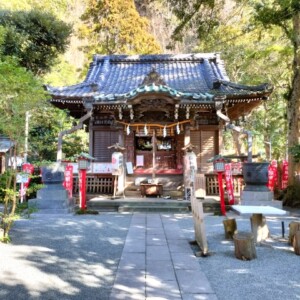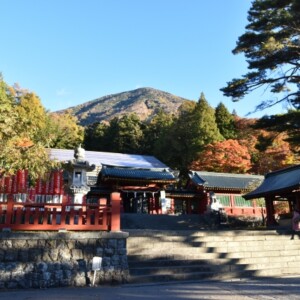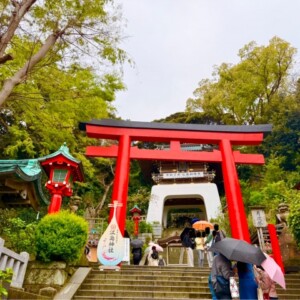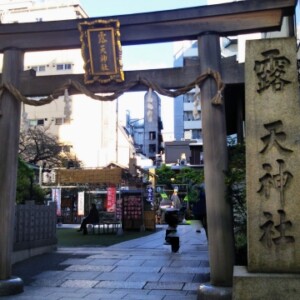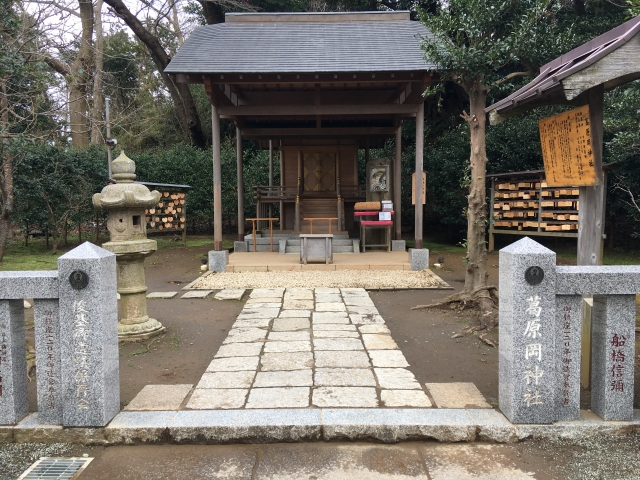
Kuzuharaoka Shrine|Complete guide to the history, highlights, and worship information of this historic shrine
Kuzuharaoka Shrine, located on the verdant summit of Mt. Genji, is a historic shrine dedicated to Sir Toshimoto Hino, who was instrumental in overthrowing the Kamakura shogunate. Visitors from all over Japan come to the shrine as a power spot for matchmaking and good fortune, and visitors can enjoy a moment of peace and tranquility in the shrine grounds surrounded by beautiful nature in each of the four seasons.
Outline and basic information about Kuzuharaoka Shrine
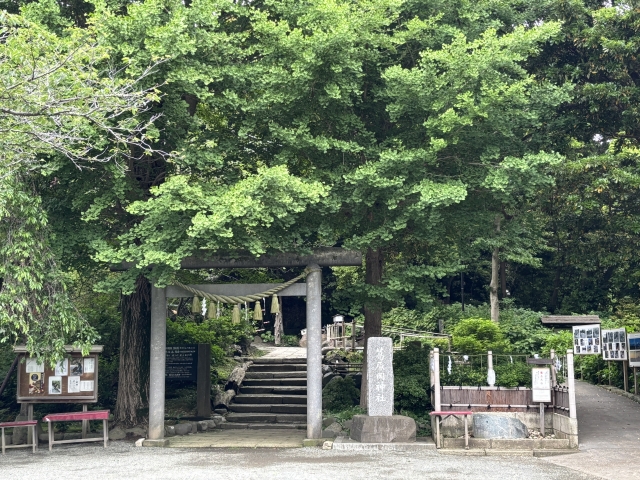
Kuzuharaoka Shrine is located in Kajiwara, Kamakura City, Kanagawa Prefecture, and was built in the serene environment of Genjiyama Park. It was built in 1887 as a shrine dedicated to Sir Toshimoto Hino, a loyal retainer of Emperor Godaigo who was active in overthrowing the Kamakura shogunate. Today, the shrine is widely revered as a god of luck, learning, and marriage.
History and Origin
The history of Kuzuharaoka Shrine dates back to the turbulent late Kamakura period. Lord Toshimoto excelled in academics from an early age and was a very capable man, so he was discovered by Emperor Godaigo and served as an excellent aide. At that time, the Kamakura Shogunate was in the midst of a series of misrule, and Emperor Godaigo was determined to overthrow the Shogunate in order to bring politics to the correct form.
Toshimoto Hino, the deity of the shrine, was a close associate of Emperor Godaigo, who was planning to overthrow the shogunate under Emperor Godaigo’s determination to do so. Kuzuharaoka was the boundary line of Kamakura at that time, and was also the place where he was executed.
In the Meiji era (1868-1912), there was a growing movement to honor the loyal vassals who came to the service of Emperor Godaigo as pioneers in the defeat of the shogunate.
Gods and Divine Virtues
The deity of Kuzuharaoka Shrine is Sir Toshimoto Hino. He is worshipped as the “god of learning” because he excelled in academics, and as the “god of good fortune” because he opened a new path to the Kemmu no Chukyo (the middle period of the Kemmu era). In modern times, the shrine is especially known for its blessings for marriage, attracting many worshippers seeking a good match.
There is a match-making stone on the temple grounds, and the deity of the match-making stone, Daikoku-sama, is known as the god of good marriage. The wooden statue of the deity is said to have been made from a camphor tree in the residence of Ninomiya Takanori. The shrine of Gozuchi Inari is also located in the precincts of the temple, and is said to bring prosperity in business and improve one’s financial fortune.
Kuzuharaoka Shrine Highlights and Characteristics
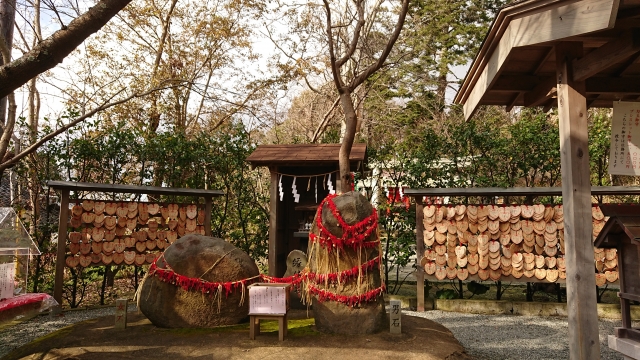
Kuzuharaoka Shrine is one of the most popular shrines in Kamakura, blessed with a rich natural environment. Located in a corner of Genjiyama Park, visitors can worship in a quiet space away from the hustle and bustle of the urban area.
Architectural and Structural Attractions
Although the precincts of Kuzuharaoka Shrine are relatively compact, they are dotted with distinctive structures that attract worshippers. The first thing you will see as you pass through the Otorii gate at the entrance to the shrine grounds is the “Demon Gone Stone.” The word “demon” means “to win,” and the stone is said to be a stone that will bring happiness.
The main hall of the shrine is located on the slope of the mountain, and its design is impressive for its harmony with nature. In front of the main hall of Kuzuharaoka Shrine, which is dedicated to Toshimoto Hino, there is a sculpture of a “divine dragon of luck,” which is said to be a messenger of God, and if you visit the shrine, your wishes will come true quickly. This divine dragon has been protecting the deities in the old main shrine for more than 120 years.
There is also an open space called “Komorebi-hiroba” within the precincts of the shrine. There are several benches and chairs in the “Komorebi-hiroba” within the precincts of the shrine, and many visitors spread out their lunch boxes and snacks here. This plaza is a popular place for worshippers to relax.
Nature and scenic beauty
One of the most attractive features of Kuzuharaoka Shrine is the rich natural environment that can be enjoyed throughout the four seasons. Kuzuharaoka Shrine is famous for the cherry blossoms that bloom along the main approach in spring, but the yellow leaves of the ginkgo trees during the “Toshimoto Sir Festival” are also a sight to behold.
In spring, the entire shrine grounds are covered with cherry blossoms. Genjiyama Park, where Kuzuharaoka Shrine is located, is one of the most famous cherry blossom viewing spots in Kamakura, and the area around the shrine is a must-see along with the plaza with the statue of Minamoto no Yoritomo in the center of the park. In early spring, a large early blooming cherry tree planted behind the shrine office heralds the early spring, and several Someiyoshino cherry trees are planted in Genjiyama Park, which is right next to the shrine.
From mid-June to July, visitors can enjoy the beautiful hydrangeas throughout the temple grounds, making it a quieter spot for viewing hydrangeas than other tourist spots that are crowded with visitors.
In autumn, the ginkgo trees on the shrine grounds turn beautiful colors, and the grounds of Kuzuharaoka Shrine in late autumn glow golden with the yellow leaves of the ginkgo trees. The magnificent ginkgo trees on both sides of the stone torii gate and in Komorebi Square turn magnificent colors.
Cultural Properties and Important Collections
Cultural assets of great historical value are preserved at Kuzuharaoka Shrine. The most important one is the tomb of Toshimoto Hino (designated as a historic site on April 8, 1927), which is designated as a national historic site. This graveyard is located on the south side of the shrine and is a valuable historical site that tells of its historical significance as the place where Lord Toshimoto ended his life.
A monument to Miyashita Suishu’s poems has also been erected on the shrine grounds, making it a shrine of great literary value as well. The wooden statue of the deity, Daikoku-sama, a match-making stone, which is said to have been made from a camphor tree in the residence of Ninomiya Sonotoku, is another item in the shrine’s collection of great historical value.
Guide to Prayer and Worship
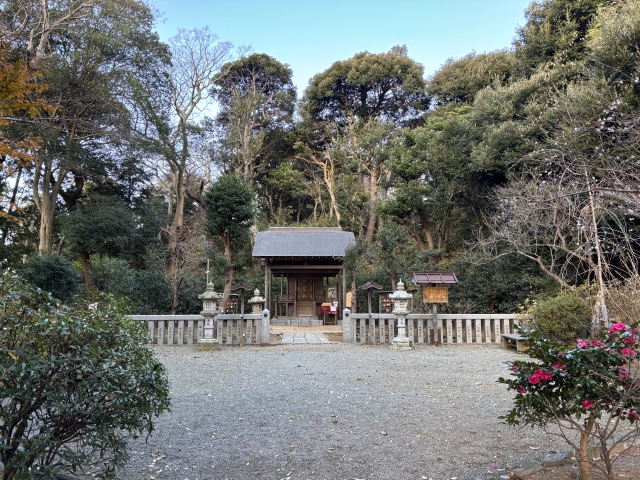
Worship at Kuzuharaoka Shrine offers a special experience that goes beyond mere visitation. By quieting your mind and worshiping in a natural setting, you will be able to experience the aspirations and spirit of Sir Toshimoto Hino.
Worship Etiquette and Manners
At Kuzuharaoka Shrine, you should follow the general manners of shrine visitation. First, purify your hands and mouth at the water closet before proceeding to the shrine grounds. One of the unique ways to pray at Kuzuharaoka Shrine is to pray at the match-making stone. The “match-making stones” are on the left as soon as you enter the torii gate. There are two stones, one for men and one for women, and if women tie a red string to the men’s stone and men tie a red string to the women’s stone to pray for a good match, their wishes will come true.
It is said that if you receive a five-yen coin with a red string attached at the shrine office and tie it to the match-making stone, you will be connected with God and receive blessings. The five-yen coin is chosen as a lucky coin because it is associated with the word “karma.
The “Makyoseki” is also a popular way of praying to ward off evil. The way to break off evil is simple. Throw the plate in front of the stone (100 yen for the first fee) toward the stone while making a wish to break off the bad luck you have had. If the stone breaks, your bad luck will be broken. You can throw the stone as many times as you like until it breaks.
Annual and Seasonal Events
Various events are held throughout the year at Kuzuharaoka Shrine. The most important event is the “Regular Festival (Shinto Service and Graveside Service)” held on June 3, the anniversary of Toshimoto Hino’s death. On this day, a solemn ceremony is held in memory of Lord Toshimoto and in honor of his achievements.
On the Saturday and Sunday closest to June 3 (usually the first Saturday and Sunday in June), a portable shrine procession is held in the Yuhigahama area, the Ujiko district of Kuzuharaoka Shrine. Although the Kuzuharaoka Shrine located on Genjiyama and the Yuhigahama area facing the Yuhigahama coast are slightly separated, Kuzuharaoka Shrine is the general guardian of Yuhigahama.
Seasonal attractions include a cherry blossom festival in spring, hydrangea viewing in early summer, autumn leaf viewing in fall, and other events that allow visitors to appreciate the beauty of nature, which are also popular among local residents.
Red Seal and Good Luck Charm Information
Kuzuharaoka Shrine distributes unique red seals. When you visit Kuzuharaoka Shrine, be sure to check out the limited edition red seals. The red seal is a delicate, lace-like cutout. The design changes with the seasons, so you will want to collect several patterns.
The design for November, when our editorial staff visited, was an autumn design. Ginkgo and maple trees are designed, and the company name is also openworked. The yellow and orange gradation of the base is reminiscent of autumn leaves, making it a beautiful red seal. This kirie red seal is sold out in limited quantities, so it is recommended to check the official website for the latest distribution information as soon as possible.
As for good luck charms, those related to marriage are particularly popular. The amulets include a charm for good marriage made of carefully selected precious cherry shells from the coast of Kamakura, and a red string amulet that brings good luck, love, marriage, and happiness. Also popular is a cute heart-shaped ema (votive tablet), which is dedicated to bring good marriages.
Access/Use Information
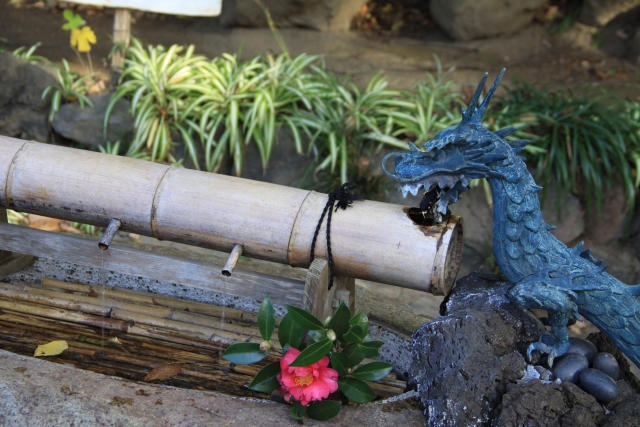
Kuzuharaoka Shrine is located in the mountains of Kamakura and requires some time to access, but visitors can enjoy the quiet and sacred environment. Visiting the shrine while hiking is also a popular way to enjoy the shrine.
Access
There are several ways to access Kuzuharaoka Shrine. The most common route is a 35-40 minute walk from JR / Enoshima Electric Railway “Kamakura Station”. It is quite a long distance on foot. You will also have to climb a very steep hill on the way. If walking is not an option, we recommend taking a cab.
It is also accessible from Kita-Kamakura Station, which is a little closer than Kamakura Station, but still far. It takes about 30 minutes walking on what is called the “Kuzuharaoka Hiking Course.”
If you use public transportation, take the Keihin Kyuko Bus (bound for Kikyozan) from Ofuna Station, and it is a 10-minute walk from the Genjiyama Iriguchi stop. From Kamakura Station, walk to Kamakura City Hall, board a bus bound for Kamakura Chuo Koen, and walk 15 to 20 minutes from the “Legal Affairs Bureau Mae” stop.
The path to Kuzuharaoka Shrine leads to Genjiyama Park, which is one of the highest elevations in Kamakura. As you walk, you may gasp at the very steep slope. Passing Senarai-benten, the path continues uphill for 7 to 8 minutes, so it is recommended that visitors on foot choose shoes that are comfortable to walk in.
<Address> 5-9-1 Kajiwara, Kamakura-shi, Kanagawa-ken 247-0063
Hours of Operation, Fees, and Parking
Visiting Kuzuharaoka Shrine is basically free. The shrine office is open from 8:30 a.m. to 4:30 p.m., and red seals and amulets can be obtained during this time. No fee is required to visit the shrine, but visitors are asked to make a monetary offering in the form of a cash donation.
Parking for visitors is available in the parking lot, which can accommodate six cars, but please note that the road in front of the temple is closed on weekends, holidays, and Snake Day. Due to the limited number of parking spaces, public transportation or walking is recommended.
The shrine can be contacted by phone at 0467-45-9002 from 8:30 am to 4:30 pm. It is recommended to check with the shrine in advance for details.
Reference sites
Kuzuharaoka Shrine official website: http://www.kuzuharaoka.jp/



